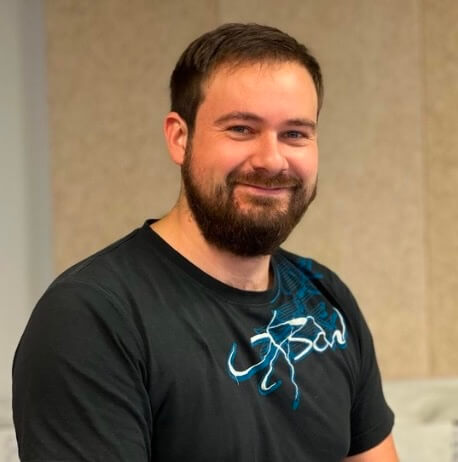
SPOQC: a spin-optical quantum computing architecture
Paul Hilaire
Quantum information scientist, Quandela, France
Paul Hilaire completed my experimental Ph.D. in quantum optics on the cavity-enhanced interfacing of a single (quantum dot) spin with a single photonic qubit in C2N (France). He then worked at Virginia Tech (USA) and Leiden University (the Netherlands) as a theoretical physicist on the use of quantum emitters to produce entangled photonic graph states, and on photonic quantum communications (particularly in quantum repeaters) based on the measurement-based paradigm. He is now working in Quandela on fault-tolerant quantum computing.
Abstract
In this talk, I will briefly introduce Quandela’s technology and then present our recent architecture for a fault-tolerant quantum computing, which is flexible, modular hybrid. It combines quantum emitters and linear-optical entangling gates to leverage the strength of both matter-based and photonic-based approaches. A key feature of the architecture is its practicality, grounded in the utilization of experimentally proven optical components. Our framework enables the execution of any quantum error correcting code, but maintains scalability for low-density parity check codes by exploiting built-in non-local connectivity through distant optical links. To gauge its efficiency, we evaluated the architecture using a physically motivated error model. It exhibits loss tolerance comparable to existing all- photonic architecture but without the need for intricate linear-optical resource-state- generation modules that conventionally rely on resource-intensive multiplexing. I will then extend with architectural ideas that could potentially reduce the energetic consumption.
- Measurement-based (MB) fault tolerant quantum computing (FTQC)
- Implementation with photonic systems of MB FTQC, including fusion based QC
